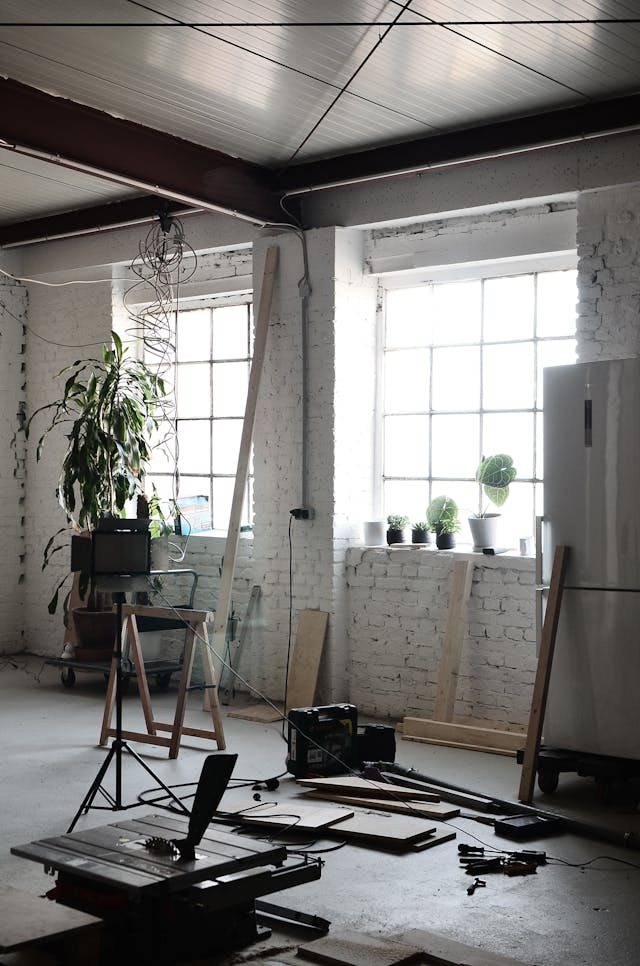Basement Renovation
Phone:
Location:
301-3 goldfinch court m2r2c1, Toronto
Basement renovation in Toronto and Hamilton
The historical centers of European cities usually consist of buildings of brick or mixed masonry. These houses are usually underground, with one or more brick basements. In the past, these cellars were used to store coal or potatoes. Although in the vast majority of cases these basements were more or less damp, this did not matter, given the nature of their use.
The trend of recent years has been the conversion of these spaces in Toronto and Hamilton, for example, offices, gyms or shops, for which the dampness of outdoor spaces is not suitable. A similar problem is faced by the owners of houses in which the waterproofing gradually fails. In this case, the use of basements is very limited due to humidity, the walls are often mouldy, and the environment is hygienically unsafe.
A condition for better use of cellars is their thorough drainage. The effect of waterproofing should be durable and reliable. As a rule, the premises to be restored are located in such a way that they cannot be taken outside and the outer side of the wall cleaned, either because they are adjacent to other buildings, or because it is not possible to touch the sidewalk or street, which often intersects with the underground networks Therefore, basement repairs in Toronto and Hamilton usually have to be done from the middle of the building. There are many ways in which such reclamation is carried out. The functionality of some of them is problematic, others are downright unsatisfactory in the long run.

Long-term ineffective measures include protection with restorative plasters. Finishing plasters have high porosity and the ability to release moisture from the wall so that the plaster appears completely dry. Therefore, the premises can be used.
However, these plasters have two main limitations. By releasing moisture into the space, they increase the relative humidity in the room. If the room is not ventilated regularly, the air gradually becomes saturated with moisture, thus increasing the risk of mold and rot. The resulting moisture also leaves salts in the plaster, which gradually clog the water transport pathways, and the plaster gradually loses its functionality. The time required to block the traffic routes may vary depending on the quality of the plaster used and the amount of water, but it is inevitable.
In the long run, treatment with impermeable plasters combined with protection against rising damp proved to be much more reliable. Twenty years ago, a special plaster was developed, which is completely waterproof even with a small thickness. This plaster has reduced shrinkage, high strength, frost resistance, but above all, it contains a special additive that gives it exceptional waterproofing properties. It is usually applied to a wall 2-3 centimeters thick, which is enough to maintain even moderate water pressure. Plaster is applied to a cleaned wall with cleaned seams. Where water under pressure is expected, the plaster layer should be attached to the base with a metal mesh.
To stop the rise of moisture on the walls above the ground level, only quality material should be used. This is an alternative to the classic “undercutting” of the building by creating a chemical screen. This pressureless cementation is no less effective compared to other methods, and is also simpler and more economical in terms of time.
It is a clear liquid packed in oblong bags. Before use, it is allowed to harden, and then, in the form of icicles, it is inserted into pre-drilled holes in the wall. The material is applied only on one side of the wall, so there is no need to disturb the traffic in the building or, conversely, to disturb the facade of the building. The use of this material has many advantages not only over trimming, but also over conventional cementation. In particular, the low need for mechanical processing is important, because the application requires only a drill and a freezer, as well as the ability to perform work gradually, in stages. Holes are drilled horizontally in the wall, in the joint, which is much easier, and also statically less demanding on the wall.
This system is successfully used to repair brick basements of many buildings not only in Canada and America, but also in Toronto and Hamilton. Among the completed projects, you can find basements of family houses, or basements of multi-apartment buildings of any size. After 20 years of use, the system has proven its long-term functionality and reliability, the basements are fully usable even after two decades. Upon request, our company representatives will provide advice on solving a specific problem, and if necessary, organize basement repairs in cooperation with qualified installers.
Our company employs only professionals who can carry out repairs of any complexity in Toronto and Hamilton. To order a basement repair in Toronto and Hamilton, call us at +1678850450 and our representative will be happy to advise you.
